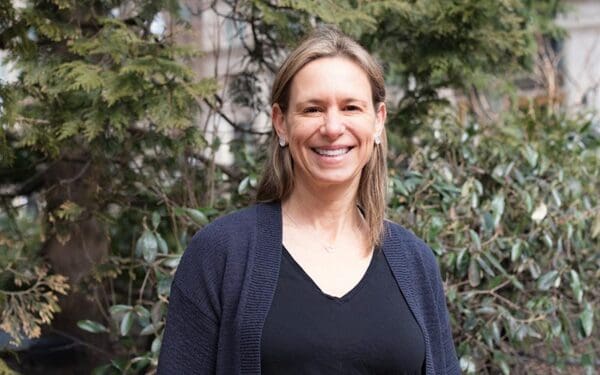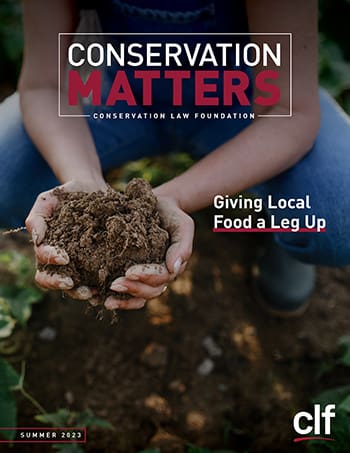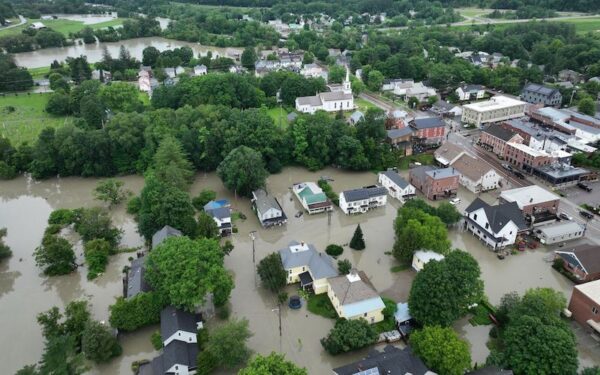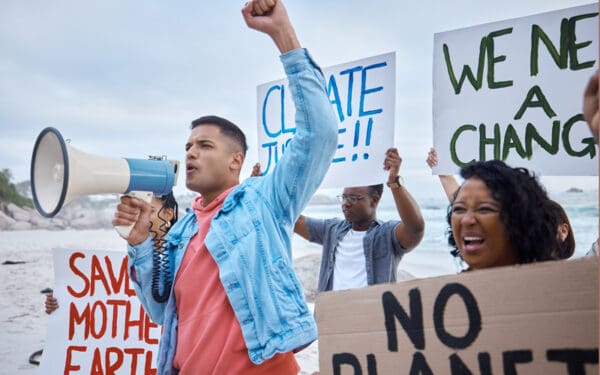5 Questions for Kate Sinding Daly
CLF’s new senior vice president of law and policy is a veteran environmental advocate primed to oversee the organization’s advocacy efforts across New England.

CLF’s new senior vice president of law and policy is a veteran environmental advocate primed to oversee the organization’s advocacy efforts across New England.

Numerous beach closures in the summer of 2023 were a result of climate change and stormwater pollution.

“When I was growing up, every summer my parents would pack up the car, and we would spend the next couple of months hiking and camping. This love and respect for nature and the environment stayed with me my entire life, and today the environment is one of my top three philanthropic priorities. Over the… Continue reading Ted Heavenrich

Local farms are a fundamental way to connect communities through a shared love of healthy food.

Connecticut is not on track to meet its climate goals. Even worse, the state has pursued an accounting gimmick to cover up its lack of real progress.
When temperatures climb, this climate-friendly technology can help keep you cool, too

Around New England and around the country, the summer of 2023 was a summer of extreme weather.

North Atlantic right whales are on the verge of extinction – and we humans remain the biggest threat to their survival. Scientists are clear: We can’t afford to lose even one whale a year due to human causes if this critically endangered species is to recover. Collisions with boats and ships are one of those… Continue reading Special Interests Aim to Sink Regulations Protecting Endangered Right Whales

Climate justice is about recognizing that climate impacts, such as extended heat waves, stronger winds, and intense rainstorms, disproportionately affect marginalized communities. It calls for urgent action to prevent further harm and ensure equitable access to clean energy solutions, prioritizing historically marginalized communities for a sustainable and fair future.

Climate change means heat waves are getting longer and more frequent. But cities can prepare by implementing three simple steps.
